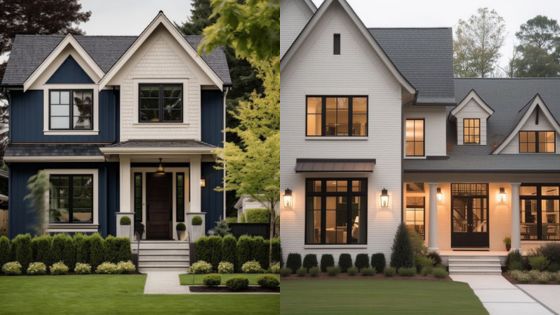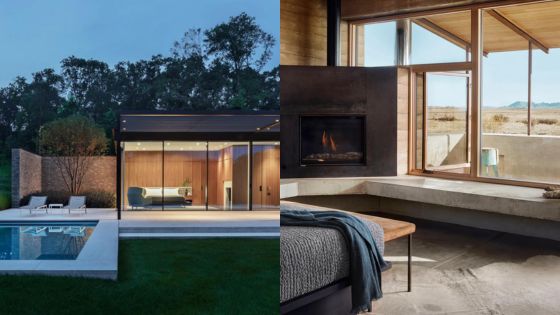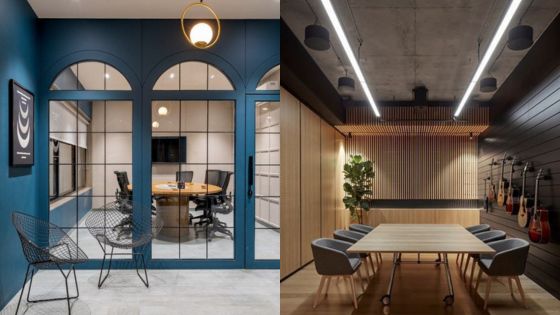Hygge is a Danish term that has gained immense popularity in recent years. It is a concept of creating a cozy, warm, and comfortable atmosphere that promotes well-being and happiness. Hygge is not just a design style but a way of life that emphasizes simplicity, comfort, and relaxation. This article will explore the art of hygge and how to master Scandinavian interior design principles to create a warm and inviting home.
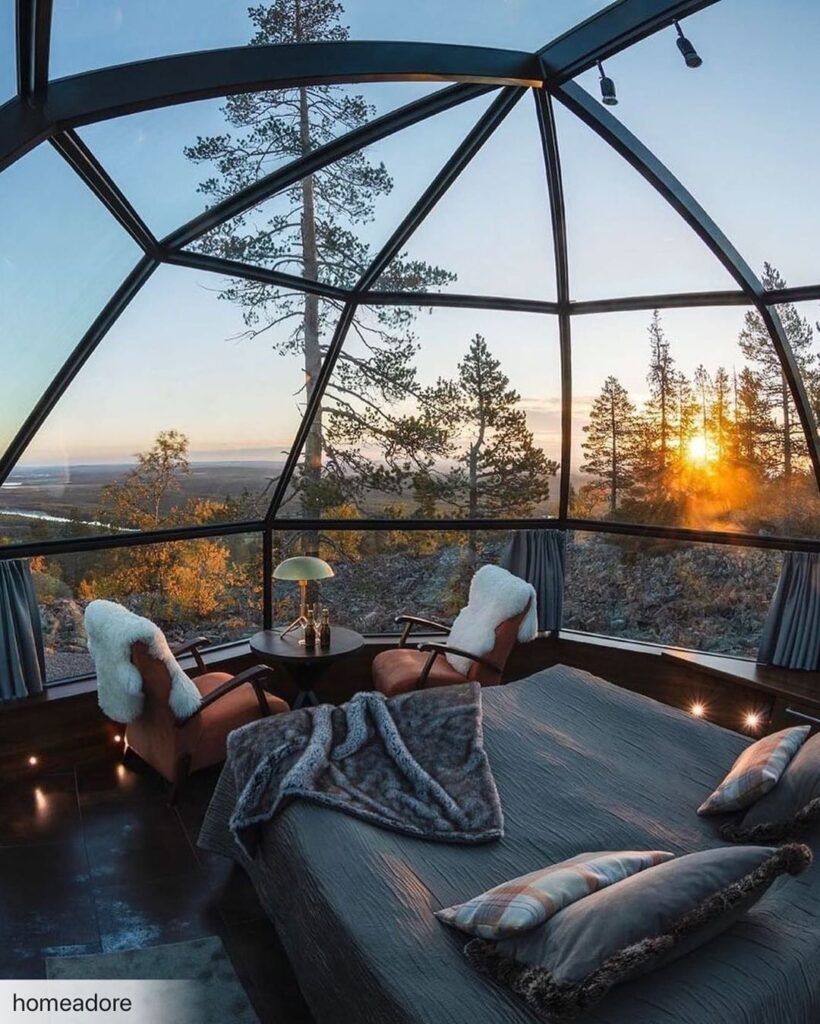
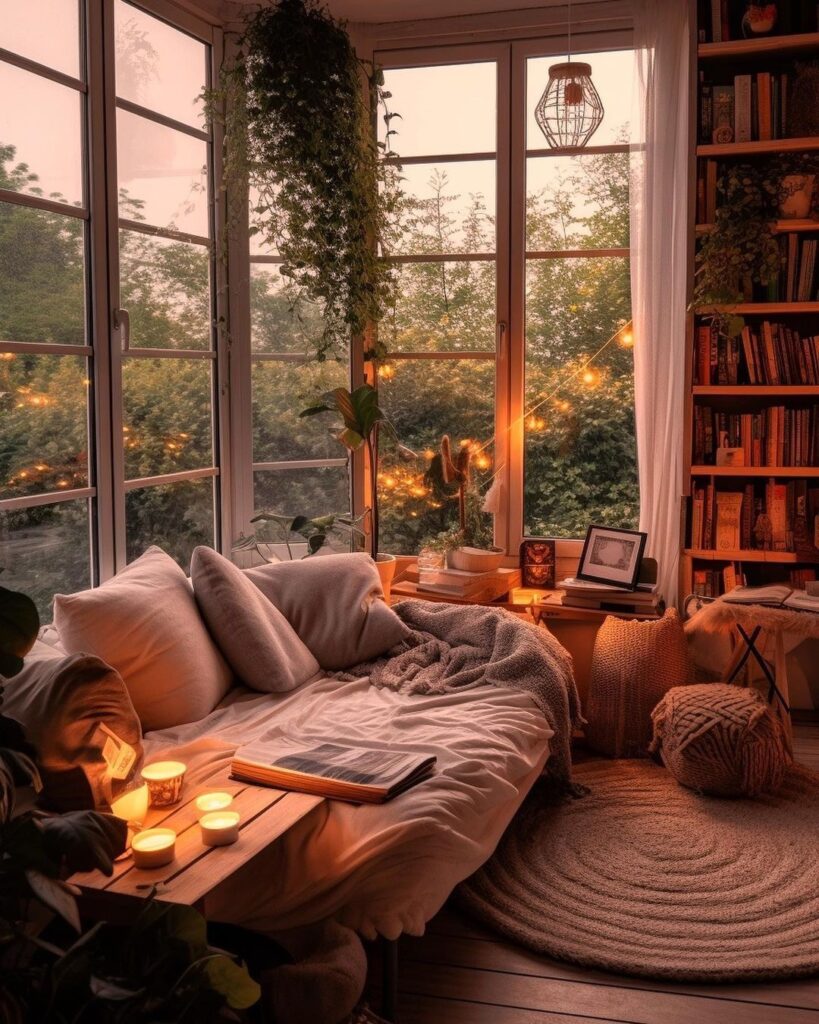
The origins of hygge can be traced back to Denmark, where the long, dark winters necessitated creating a cozy and comfortable environment. The concept of hygge is not just limited to Denmark but has spread to other Scandinavian countries as well. Hygge is all about creating a sense of comfort and contentment in your surroundings, whether it’s your home or workplace. It’s about enjoying the simple pleasures of life, such as spending time with loved ones, reading a book, or sipping a cup of tea.
Key Takeaways
- Hygge is a Danish concept of creating a cozy and comfortable atmosphere that promotes well-being and happiness.
- The origins of hygge can be traced back to Denmark, where the long, dark winters necessitated creating a cozy and comfortable environment.
- Hygge is all about creating a sense of comfort and contentment in your surroundings, whether it’s your home or workplace.
Origins of Hygge


Historical Context
Hygge is a Danish word that is pronounced “hoo-ga”. It is a concept deeply rooted in Scandinavian culture and refers to creating a warm and cozy atmosphere and enjoying the simple things in life. The word hygge has its origins in the Norwegian word “hugga”, which means “to comfort” or “to console”.
The concept of hygge can be traced back to the 18th century when Denmark was going through a difficult period of war and economic hardship. During this time, the Danes found comfort in creating a warm and cozy atmosphere in their homes, lighting candles, and spending time with family and friends. Hygge became a way of coping with the challenges of everyday life.
Cultural Significance in Scandinavia
Hygge has become an integral part of Scandinavian culture and way of life. It is a way of creating a sense of comfort and belonging, especially during the long, dark winters. In Denmark, hygge is considered a national treasure and a fundamental part of the country’s cultural identity.
Hygge is not just limited to the home environment. It is also present in social gatherings, such as dinner parties or picnics, where the focus is on creating a warm and inviting atmosphere. It is about being present in the moment and enjoying the company of others.
Overall, the concept of hygge has become increasingly popular outside of Scandinavia in recent years, with many people adopting its principles as a way of finding comfort and happiness in their daily lives.
Fundamentals of Hygge Design

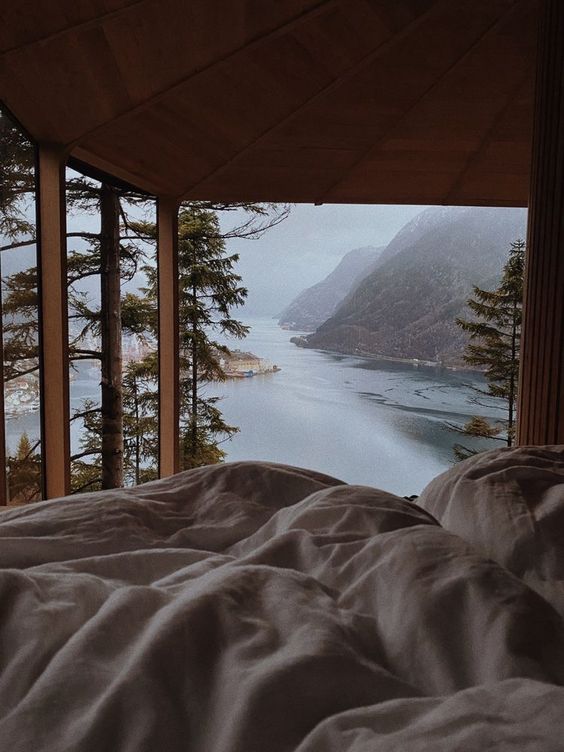
Hygge design is all about creating a warm and inviting atmosphere that promotes relaxation and comfort. It is a style that is characterized by simplicity, functionality, and a focus on natural elements. In this section, we will explore the main principles of hygge design and how they can be applied to create a cozy and inviting home.
Simplicity and Functionality
At the heart of hygge design is the principle of simplicity. This means that the design should be clean, uncluttered, and free of unnecessary ornamentation. The focus should be on functionality, with each element serving a purpose and contributing to the overall comfort of the space.
To achieve this, it is important to choose furniture and decor that is both practical and aesthetically pleasing. This can include items such as comfortable chairs, soft blankets, and natural materials like wood and wool. It is also important to keep the space organized and free of clutter, which can be achieved through the use of storage solutions like baskets and shelves.
Comfort and Coziness
Another key principle of hygge design is comfort and coziness. This means creating a space that is warm, inviting, and promotes relaxation. This can be achieved through the use of soft lighting, warm colors, and plush textures.
To create a cozy atmosphere, it is important to consider the lighting in the space. Soft, warm lighting can help to create a relaxing ambiance, while harsh overhead lighting can make the space feel cold and unwelcoming. The use of candles and natural light can also help to create a warm and inviting atmosphere.
Natural Elements
Finally, hygge design is characterized by a focus on natural elements. This means incorporating materials like wood, stone, and wool into the design, as well as bringing in elements from nature like plants and flowers.
Using natural materials can help to create a sense of warmth and connection to the natural world. It can also help to create a sense of harmony and balance in the space. By incorporating natural elements into the design, you can create a space that is both beautiful and inviting.
Color Palette
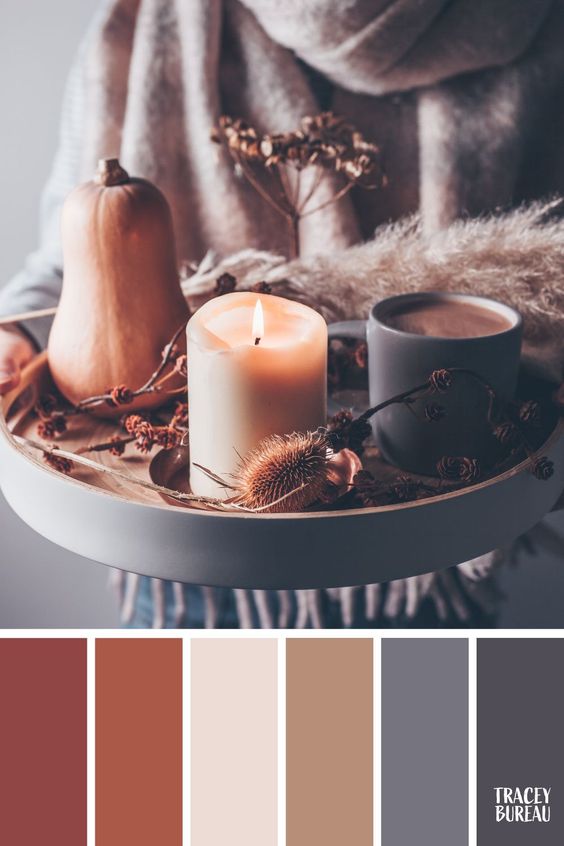

The color palette in Scandinavian interior design is characterized by a combination of neutral tones and accent colors. Neutral tones such as white, beige, and gray are used as the base colors for walls, floors, and furniture. These colors create a calm and soothing atmosphere, which is an essential aspect of the hygge philosophy.
Neutral Tones
Neutral tones are the foundation of Scandinavian interior design. They are used to create a clean and minimalist look, which is a hallmark of the style. White is the most popular neutral color used in Scandinavian design. It is often used for walls, ceilings, and floors to create a bright and airy space. Beige and gray are also popular neutral colors used in Scandinavian design. They are used to create a warm and cozy atmosphere.
Accent Colors
Accent colors are used to add interest and personality to a space. In Scandinavian interior design, accent colors are used sparingly to create a cohesive look. Popular accent colors in Scandinavian design include blue, green, and yellow. These colors are inspired by nature and are used to bring a touch of the outdoors inside.
When using accent colors, it’s important to use them in moderation. One way to incorporate accent colors is by using them in accessories such as pillows, throws, and artwork. Another way is by using them in small pieces of furniture such as accent chairs or side tables.
Overall, the color palette in Scandinavian interior design is simple and understated. Neutral tones create a calm and soothing atmosphere, while accent colors add a touch of personality to a space. By using a combination of these colors, it’s possible to create a space that is both inviting and relaxing.
Lighting in Hygge Interiors
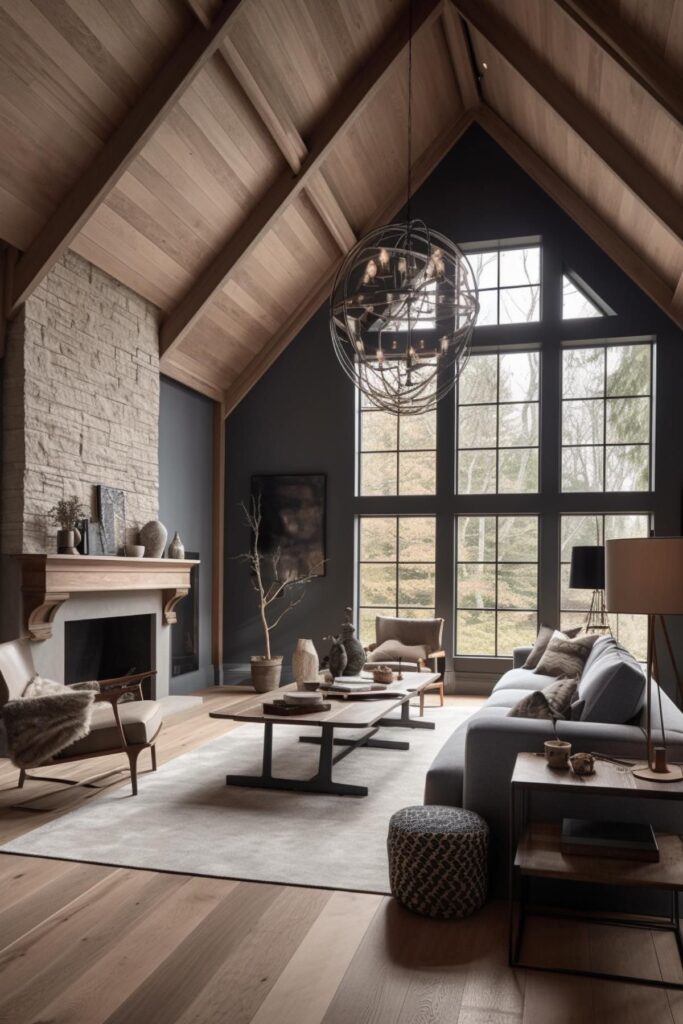
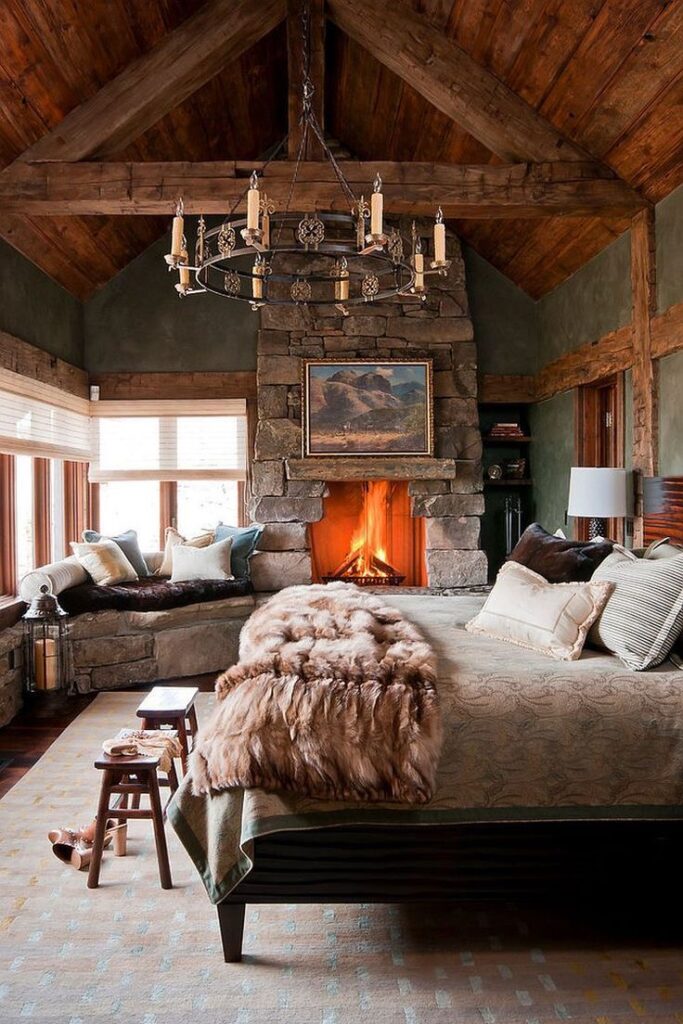
Hygge interiors are all about creating a cozy and inviting atmosphere that promotes relaxation and comfort. Lighting plays a crucial role in achieving this goal. In this section, we will discuss the importance of natural light and warm artificial lighting in hygge interiors.
Importance of Natural Light
Natural light is an essential element of hygge interiors. It creates a warm and inviting atmosphere that makes people feel comfortable and relaxed. Hygge interiors often feature large windows that allow plenty of natural light to enter the space. Natural light is known to have a positive impact on mental health, and it can help reduce stress and anxiety.
In hygge interiors, natural light is often used to create a connection between the inside and outside spaces. Large windows that overlook a garden or a park can make the space feel more open and airy. Natural light can also be used to highlight certain features of the room, such as a fireplace or a piece of art.
Warm Artificial Lighting
While natural light is essential in hygge interiors, it is not always available. In the winter months, when the days are shorter, warm artificial lighting can help create a cozy and inviting atmosphere. Warm artificial lighting is often used to create a sense of intimacy and comfort in hygge interiors.
Hygge interiors often feature warm, soft lighting that creates a relaxing atmosphere. Warm white LED bulbs are a popular choice for hygge interiors because they emit a warm, golden light that mimics the glow of a candle. Table lamps, floor lamps, and pendant lights are all popular choices for hygge interiors.
In conclusion, lighting is a crucial element of hygge interiors. Natural light and warm artificial lighting are both essential in creating a cozy and inviting atmosphere that promotes relaxation and comfort. By using a combination of natural and artificial lighting, you can create a space that is both beautiful and functional.
Furniture Selection
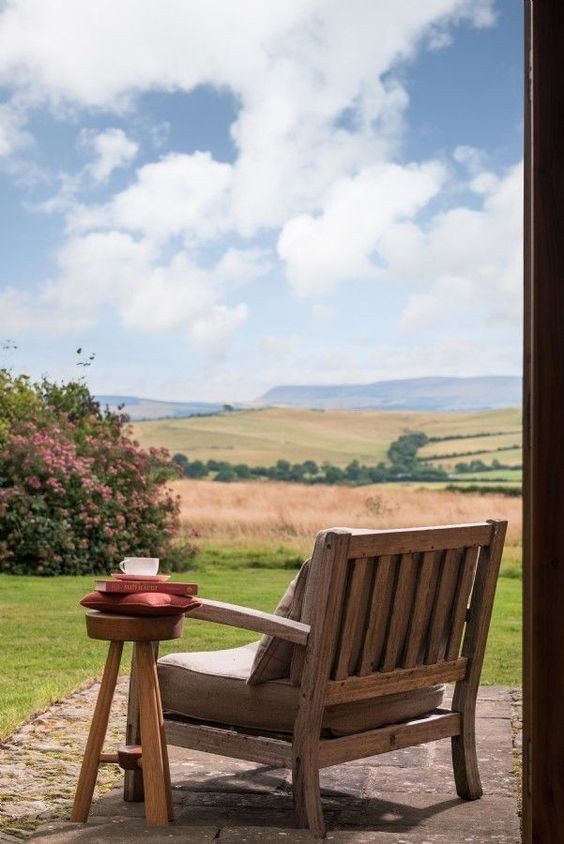
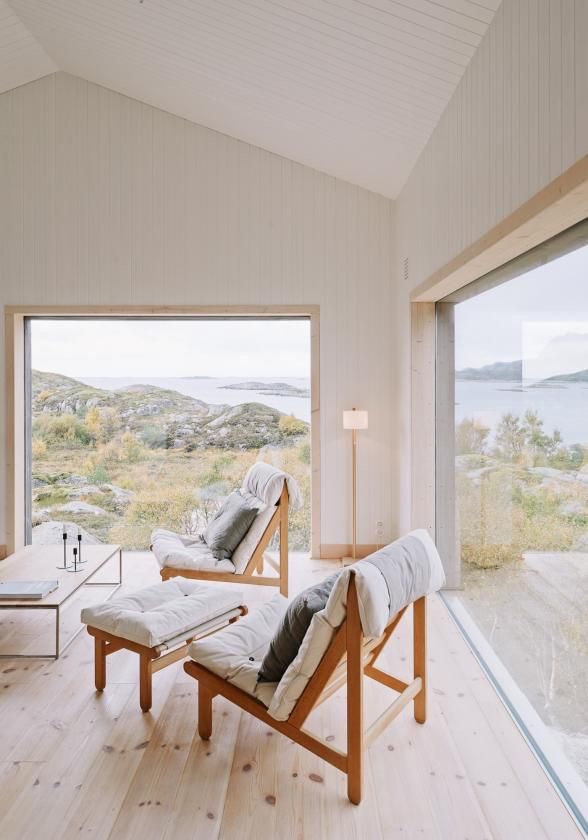
Choosing the Right Pieces
When it comes to selecting furniture for a hygge-inspired space, it’s important to choose pieces that are both functional and aesthetically pleasing. Furniture should be comfortable, inviting, and create a sense of warmth in the room. This means opting for pieces with soft, rounded edges and plush cushions that encourage relaxation.
To achieve a truly hygge atmosphere, it’s also important to select furniture that is simple and unobtrusive. This means avoiding overly ornate or flashy pieces that detract from the overall ambiance of the space. Instead, opt for furniture with clean lines and understated elegance.
Materials and Textures
In addition to selecting the right pieces, it’s also important to consider the materials and textures used in the furniture. Natural materials such as wood, wool, and leather are commonly used in Scandinavian interior design and can help create a warm and inviting atmosphere.
When selecting materials, it’s important to consider the texture and feel of each piece. Soft, cozy fabrics such as wool and cashmere are ideal for creating a sense of comfort and relaxation, while natural wood finishes can add warmth and depth to the space.
Overall, selecting the right furniture for a hygge-inspired space is all about creating a sense of warmth, comfort, and relaxation. By choosing pieces that are both functional and aesthetically pleasing, and using natural materials and textures, it’s possible to create a space that feels both inviting and cozy.
Textiles and Fabrics


Layering for Comfort
One of the key principles of hygge is creating a cozy and comfortable space. Layering textiles and fabrics is an effective way to achieve this. By combining different textures, colors, and patterns, you can create a warm and inviting atmosphere.
Start by layering a soft and plush rug on the floor. This will provide a comfortable surface to walk on and help to absorb sound. Add a few throw pillows and blankets to your sofa or armchair. Choose fabrics that are soft and warm, such as wool, cashmere, or faux fur. These materials will not only look great but also provide warmth and comfort.
In addition to adding comfort, layering textiles can also add visual interest to your space. Mix and match patterns and textures to create a dynamic and visually appealing design. For example, pair a chunky knit throw with a smooth velvet pillow.
Sustainable Choices
Sustainability is an important consideration when it comes to textiles and fabrics. When choosing materials for your home, consider opting for sustainable and eco-friendly options.
Organic cotton, linen, and bamboo are all great choices for bedding and towels. These materials are grown without the use of harmful chemicals and are biodegradable. Wool and silk are also sustainable options, as they are renewable and biodegradable.
Another way to make sustainable choices is to opt for vintage or secondhand textiles. These items have already been produced and can be given new life in your home. Look for vintage wool blankets, embroidered linens, or unique tapestries to add character and charm to your space.
By incorporating sustainable textiles and layering fabrics for comfort, you can create a cozy and inviting space that is both stylish and eco-friendly.
Decorative Elements


Artwork and Photography
Incorporating artwork and photography into a space is an important aspect of hygge-inspired interior design. The artwork and photography should be personal and meaningful to the homeowner. This adds a sense of warmth and personality to the space. Consider displaying family photos, landscape photography, or artwork that reflects the homeowner’s interests and hobbies.
When selecting artwork and photography, it is important to consider the color scheme of the room. The colors in the artwork should complement the colors in the room. This creates a cohesive and harmonious space.
Plants and Greenery
Adding plants and greenery to a room is another way to create a cozy and inviting atmosphere. Plants add a touch of nature to the space and can improve air quality. Consider incorporating plants such as succulents, ferns, or snake plants into the design.
When selecting plants, it is important to consider the lighting in the room. Some plants require more sunlight than others. Additionally, it is important to select plants that are easy to care for and maintain.
Personal Touches
Personal touches are essential to creating a hygge-inspired space. These can include items such as family heirlooms, handmade crafts, or sentimental objects. These items add a sense of history and personality to the space.
When incorporating personal touches, it is important to avoid cluttering the space. Select a few key items that are meaningful to the homeowner and display them in a thoughtful and intentional way.
Overall, incorporating decorative elements such as artwork, plants, and personal touches is an important aspect of hygge-inspired interior design. These elements add warmth, personality, and a sense of nature to the space.
Creating a Hygge Atmosphere
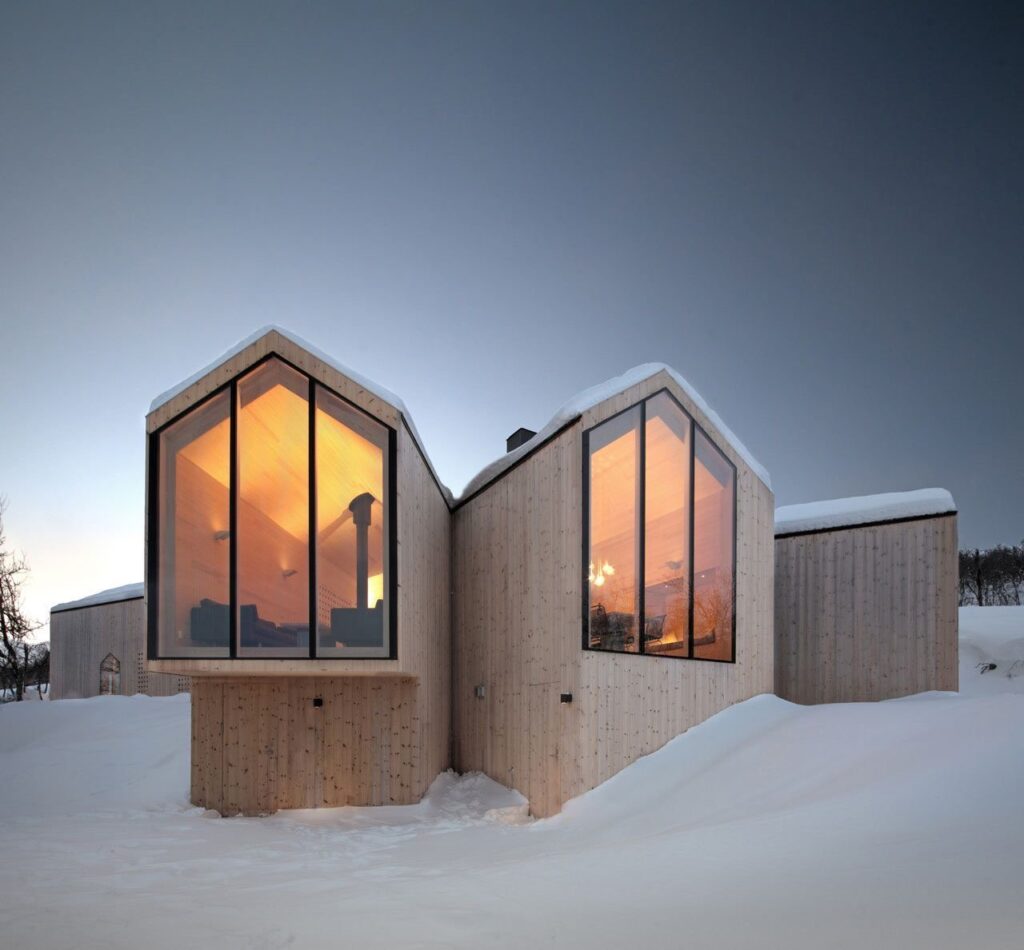
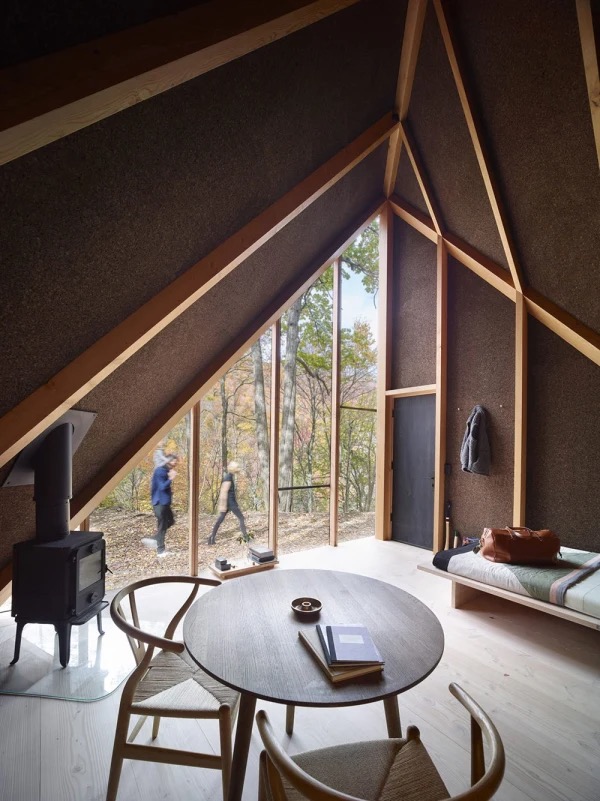
To create a hygge atmosphere, it is important to focus on comfort, warmth, and relaxation. The goal is to create a space that is inviting and cozy, where people can feel at ease and enjoy spending time.
The Role of Scent
Scent plays a crucial role in creating a hygge atmosphere. The right scent can evoke feelings of comfort and relaxation, and can help to create a warm and inviting space. Some popular scents for creating a hygge atmosphere include cinnamon, vanilla, and lavender. These scents can be incorporated into the space through candles, essential oils, or diffusers.
Sound and Acoustics
Sound and acoustics are also important considerations when creating a hygge atmosphere. Soft, soothing music can help to create a calming environment, while the right acoustics can help to create a sense of intimacy and warmth. Soft textiles, such as curtains or rugs, can help to absorb sound and create a more comfortable and inviting space.
Overall, creating a hygge atmosphere is about creating a space that is warm, inviting, and comfortable. By focusing on scent, sound, and acoustics, it is possible to create a space that is perfect for relaxation and enjoyment.
Implementing Hygge in Different Spaces


Hygge is a design principle that can be implemented in different spaces to create a warm, inviting and comfortable atmosphere. Here are some tips on how to implement hygge in different spaces.
Living Rooms
Living rooms are the perfect space to implement hygge, as they are often the main space for relaxation and entertainment. To create a hygge living room, consider the following:
- Use warm, neutral colors such as beige, brown, and gray to create a calming effect.
- Add soft, cozy textures such as blankets, rugs, and pillows to create a comfortable atmosphere.
- Incorporate natural elements such as plants and wood to create a connection with nature.
- Use candles and soft lighting to create a warm and inviting ambiance.
Bedrooms
Bedrooms are another important space to implement hygge, as they are a place for rest and relaxation. To create a hygge bedroom, consider the following:
- Use soft, natural fabrics such as linen, cotton, and wool to create a comfortable and cozy atmosphere.
- Use warm, muted colors such as blush, sage, and cream to create a calming effect.
- Add soft lighting such as lamps and candles to create a warm and inviting ambiance.
- Incorporate natural elements such as plants and wood to create a connection with nature.
Workspace Design
Implementing hygge in a workspace can create a calming and comfortable atmosphere that can increase productivity and creativity. To create a hygge workspace, consider the following:
- Use warm, neutral colors such as beige, brown, and gray to create a calming effect.
- Add soft, cozy textures such as blankets, rugs, and pillows to create a comfortable atmosphere.
- Incorporate natural elements such as plants and wood to create a connection with nature.
- Use natural lighting and soft lighting to create a warm and inviting ambiance.
By implementing hygge in different spaces, it is possible to create a warm, inviting, and comfortable atmosphere that promotes relaxation and well-being.
Sustainability and Hygge
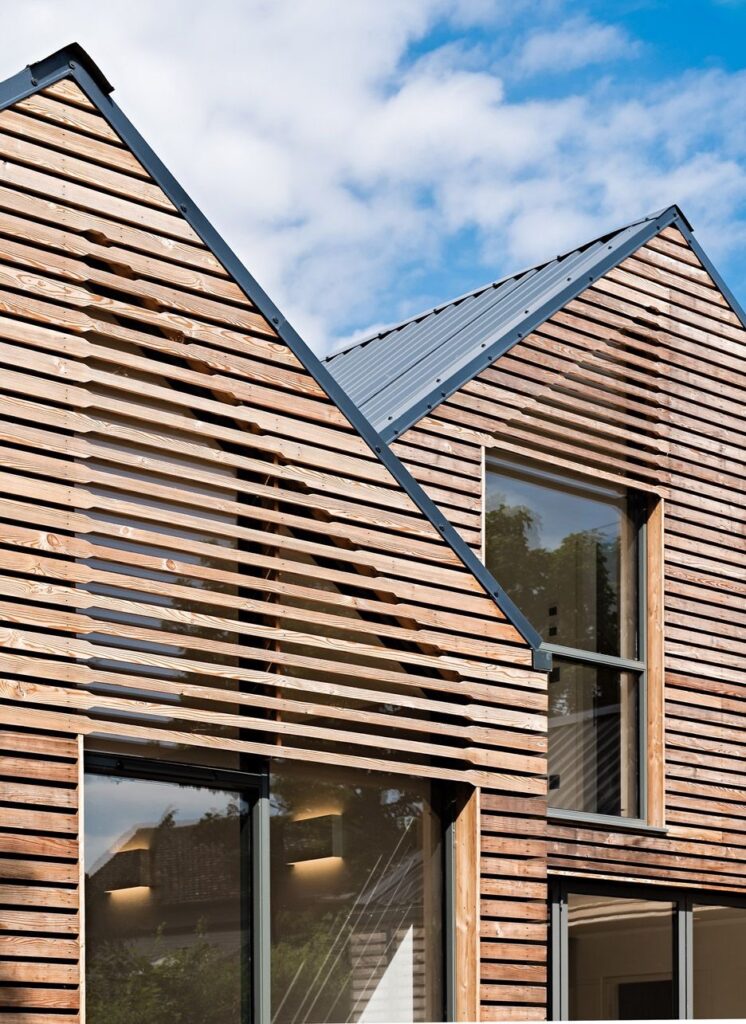
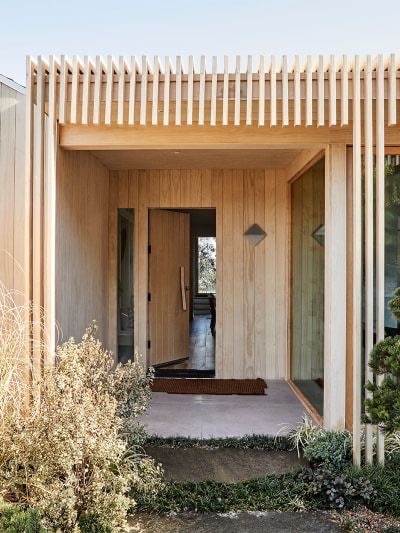
Hygge is not just about creating a cozy and comfortable space, but also about being mindful of the environment and promoting sustainable practices. In fact, sustainability is an integral part of the Scandinavian lifestyle, and it is no different when it comes to interior design. This section will explore the relationship between sustainability and hygge, and how they can be integrated to create a harmonious and eco-friendly space.
Eco-Friendly Practices
When it comes to creating a sustainable and hygge space, there are several eco-friendly practices that can be implemented. One of the most important practices is to use natural and renewable materials, such as wood, bamboo, and cork. These materials not only add warmth and texture to the space, but also have a lower environmental impact compared to synthetic materials.
Another important practice is to use energy-efficient lighting and appliances. This not only reduces the carbon footprint of the space, but also helps to create a cozy and warm atmosphere. For example, using warm LED bulbs can create a soft and inviting glow, while also saving energy.
Longevity and Timelessness
In addition to eco-friendly practices, longevity and timelessness are also important aspects of sustainable and hygge design. This means investing in high-quality and durable furniture and decor, rather than opting for cheap and disposable items. By choosing timeless and classic pieces, the space can be enjoyed for years to come, without the need for constant updates and replacements.
Furthermore, by choosing pieces that are versatile and adaptable, the space can be easily transformed to suit changing needs and preferences. For example, a modular sofa can be rearranged to create different seating arrangements, while a neutral color palette can be easily updated with colorful accessories and textiles.
Overall, sustainability and hygge go hand in hand, and by implementing eco-friendly practices and choosing timeless and durable pieces, a cozy and inviting space can be created that is also kind to the environment.
Challenges and Considerations

Balancing Aesthetics and Function
One of the key challenges in mastering Scandinavian interior design principles is striking a balance between aesthetics and function. Hygge emphasizes the importance of creating a warm, cozy, and inviting atmosphere that is also practical and functional. It is important to choose furniture, decor, and other elements that not only look good but also serve a purpose. For example, a comfortable sofa with soft cushions and blankets can create a cozy atmosphere while also providing a comfortable place to sit and relax.
Another consideration is the use of natural materials such as wood, wool, and leather. These materials not only add warmth and texture to a space but also have a functional purpose. For example, wool blankets and rugs provide insulation while leather furniture is durable and easy to clean. It is important to choose materials that are both aesthetically pleasing and practical.
Adapting Hygge to Different Climates
Another challenge when mastering Scandinavian interior design principles is adapting Hygge to different climates. While Hygge is often associated with cold, dark winters, it can be applied to any climate. In warmer climates, the emphasis may be on creating a light and airy atmosphere with natural light and fresh air. This can be achieved through the use of light-colored fabrics, natural materials, and open windows.
In addition, it is important to consider the use of lighting. In Scandinavian countries, where winters are long and dark, lighting plays a crucial role in creating a cozy atmosphere. In warmer climates, it may be necessary to use lighter, brighter lighting to create a similar effect.
Overall, mastering Scandinavian interior design principles and Hygge requires careful consideration of both aesthetics and function as well as adaptation to different climates. By choosing natural materials, functional furniture, and appropriate lighting, anyone can create a warm and inviting space that embodies the principles of Hygge.
Frequently Asked Questions
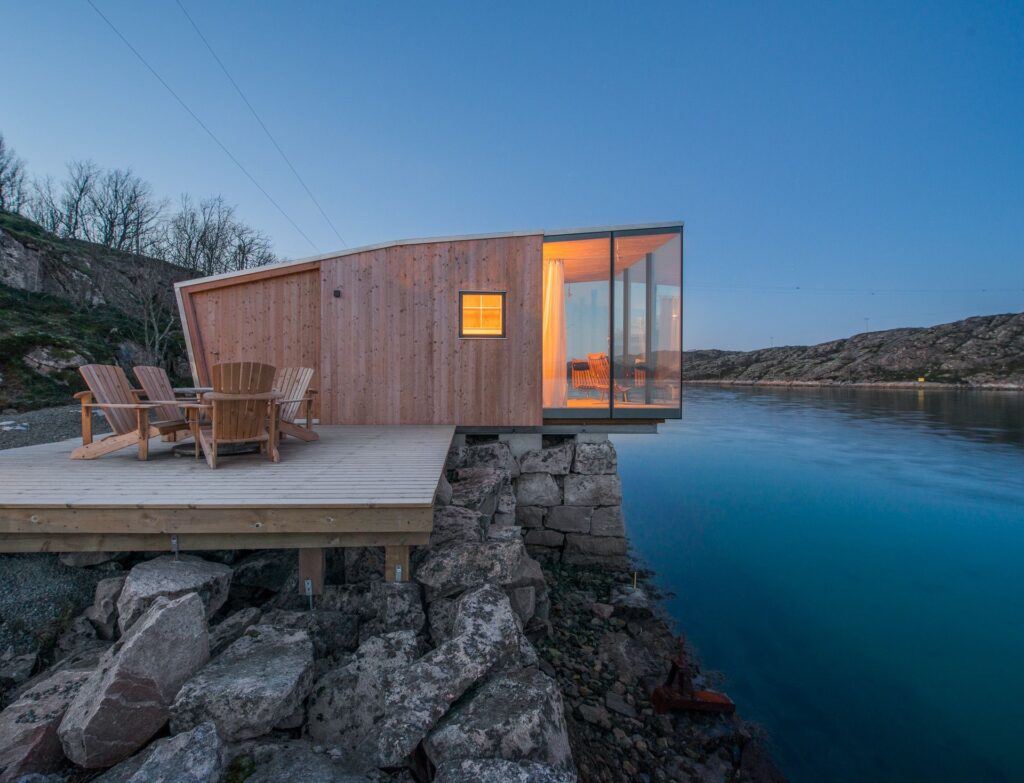
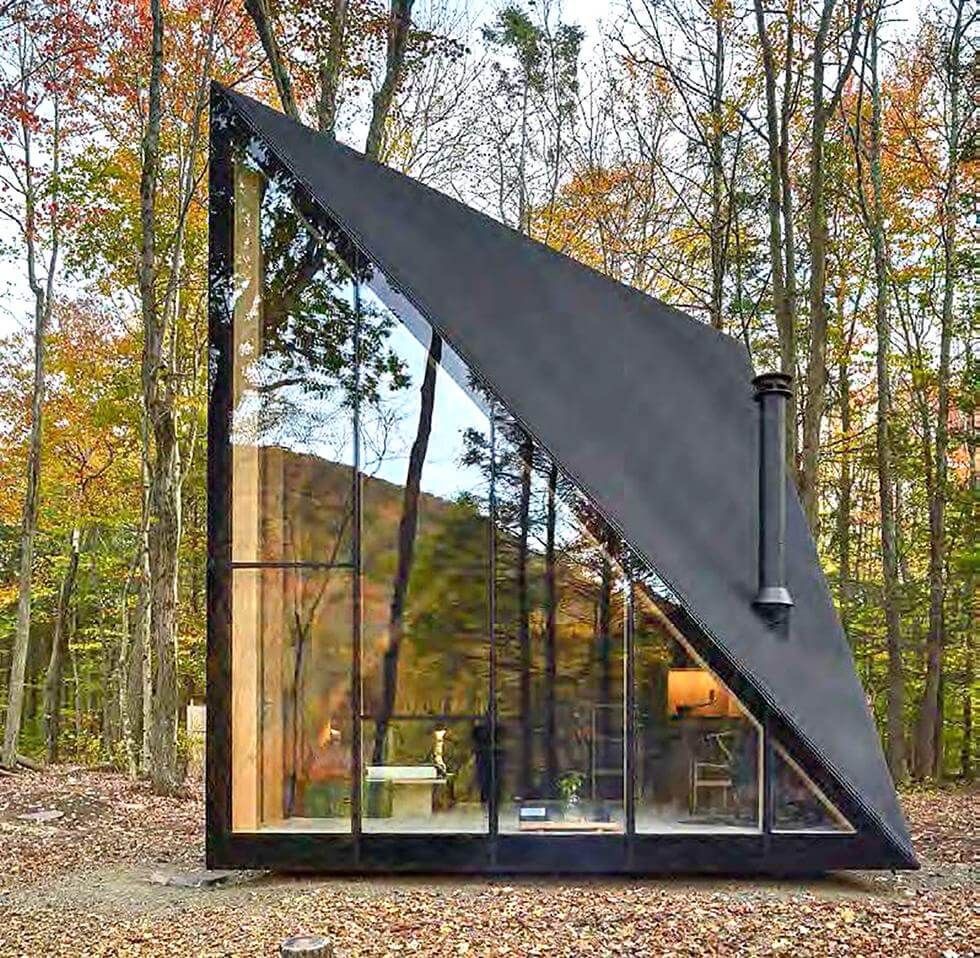
How can one incorporate hygge into home decor effectively?
Hygge is all about creating a cozy and comfortable atmosphere in your home. To incorporate hygge into your home decor effectively, focus on creating a warm and inviting space that feels lived-in and comfortable. Use soft textures, such as blankets and pillows, to create a cozy atmosphere. Incorporate natural elements, such as wood and plants, to bring a sense of calm and tranquility to your space.
What are the essential elements to include in a hygge-inspired living space?
There are several essential elements to include in a hygge-inspired living space. These include soft lighting, comfortable seating, natural materials, and cozy textures. Focus on creating a warm and inviting atmosphere that feels lived-in and comfortable. Use soft lighting to create a cozy ambiance, and incorporate natural materials, such as wood and plants, to bring a sense of calm and tranquility to your space.
How does color influence Scandinavian interior design?
Scandinavian interior design is known for its use of neutral colors, such as white, beige, and gray. These colors create a calming and soothing atmosphere that is perfect for creating a hygge-inspired space. When using color in Scandinavian interior design, it is important to focus on creating a harmonious and balanced color palette. Use pops of color sparingly, and focus on creating a cohesive and unified space.
What role does lighting play in creating a hygge ambiance?
Lighting plays a crucial role in creating a hygge ambiance. Soft, warm lighting is essential for creating a cozy and inviting atmosphere. Use a mix of lighting sources, such as table lamps, floor lamps, and candles, to create a warm and inviting glow. Avoid harsh overhead lighting, which can create a cold and unwelcoming atmosphere.
What tips can help achieve a minimalist yet cozy Scandinavian home aesthetic?
To achieve a minimalist yet cozy Scandinavian home aesthetic, focus on creating a clutter-free and streamlined space. Use a neutral color palette, and incorporate natural materials, such as wood and plants, to bring warmth and texture to your space. Use soft lighting to create a cozy and inviting atmosphere, and focus on creating a sense of calm and tranquility in your space.
How can one balance modernity and comfort in Scandinavian design?
To balance modernity and comfort in Scandinavian design, focus on creating a streamlined and functional space that is also warm and inviting. Use a mix of modern and traditional elements, such as sleek furniture and natural materials, to create a harmonious and balanced space. Incorporate soft textures, such as blankets and pillows, to create a cozy atmosphere, and use soft lighting to create a warm and inviting ambiance.
- 121shares
- Facebook0
- Pinterest121
- Twitter0
